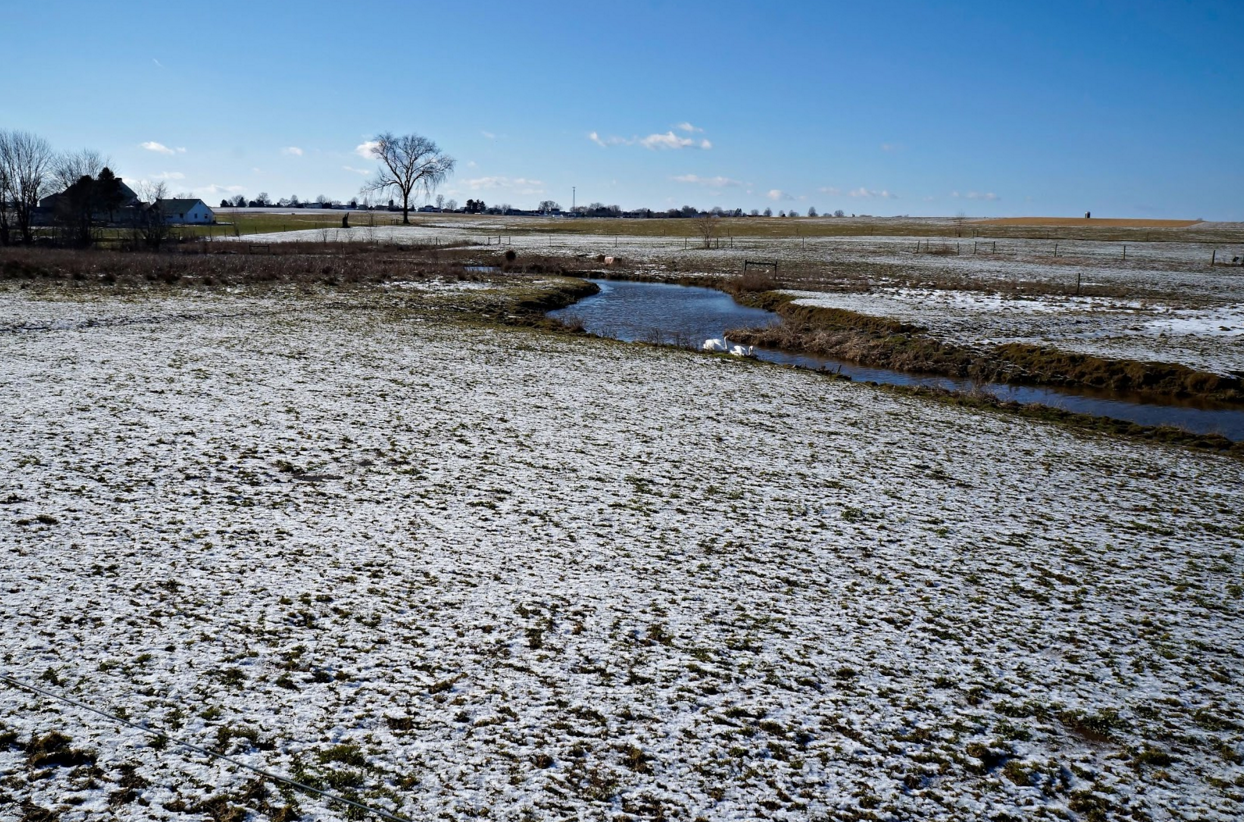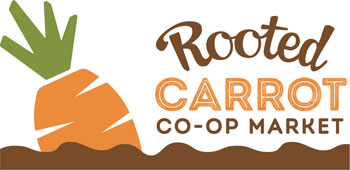
Food deserts are described as geographic areas where residents have limited or nonexistent access to affordable, healthy food options within a convenient traveling distance. It is estimated that roughly 2% of American households live more than one mile from a grocery store and do not own a car*. Food deserts are typically found in communities that are low-income and have a large minority population. What typically occurs in these areas is that the lack of access to fresh foods leaves people to resort to fast food chains or highly processed food that are available at convenience stores. As a result, people living in food deserts are found to not consume enough fresh fruits and vegetables, dairy, and protein to have a nutritionally sound diet.
Both rural and urban areas can become food deserts when population loss from these areas forces grocery stores and supermarkets to close. The closing of supermarkets not only have a serious impact on the health of residents, it can also cause further negative economic impacts by removing a major employer in the area. While for some, driving further than a mile buy groceries can be an inconvenience, for those in food deserts it can be a serious drain on already limited resources. In addition to this, those who are forced to travel to a large superstore for their grocery needs end up on average paying more for common items such as dairy products, white bread, and fresh vegetables**.
While these situations can seem dire, there are solutions to help ease or eliminate the impact of food deserts. One solution is to encourage people to shop locally. Increasing traffic to local stores will help to decrease prices and maintain the viability of wholesale prices. Another option is to help connect local producers with smaller grocers. Smaller producers often are unable to meet the demands of superstores. Through local stores such as co-ops producers are given the opportunity to connect directly with consumers. We should also encourage programs such a food pantries and school meals to focus on providing nutritionally sound meals.
Through education about the impact that food deserts can have on individuals and communities we can encourage people to make more conscious decisions about where they choose to shop and what they choose to eat. By increasing access to local, whole foods the Cedar Falls Food Co-op aims to create a healthy community where everyone thrives.
Explore areas impacted by food deserts through this map provided by the USDA:
http://www.ers.usda.gov/data/fooddesert/
*http://www.foodispower.org/food-deserts/
**http://www.soc.iastate.edu/extension/pub/posters/RuralFoodDeserts.pdf
